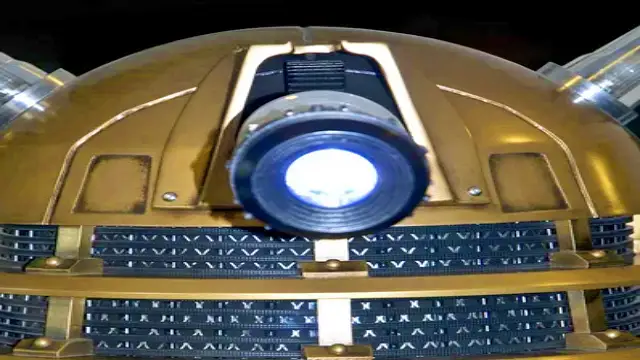Key Points
- Laser-Powered Propulsion
- Future of Space Travel
- Laser Propulsion Technology
- Lightcraft and Laser Propulsion
- NASA Laser Propulsion Research
Table of contents
As humanity pushes the limits of space exploration, researchers are developing new technologies to improve rocket propulsion systems. One of the most exciting advancements is laser-powered propulsion. This innovative technology could change how we travel beyond Earth, making space missions more efficient and affordable. In this article, we will explore how laser propulsion works, its potential uses, and what it means for the future of space travel.
Key Points
Understanding Laser Propulsion
Laser propulsion uses high-powered lasers to move spacecraft. The basic idea is simple: a concentrated beam of light is directed at a spacecraft. The spacecraft absorbs this energy and converts it into thrust. This method is very different from traditional rocket propulsion, which relies on chemical reactions to create thrust.
One promising type of laser propulsion is called “lightcraft.” These vehicles use energy from ground-based lasers to reach high speeds without needing heavy fuel loads. The laser heats a specific area of the craft, causing a rapid expansion of air or other propellant, which generates thrust. This technology could make rockets lighter and more efficient, making space travel more accessible.
Advantages of Laser-Powered Propulsion
Laser-powered propulsion systems offer several benefits over traditional rocket technology:
- Increased Efficiency: Laser propulsion can achieve a higher specific impulse, meaning it produces more thrust for each unit of fuel used. This efficiency could lower launch costs and extend mission durations.
- Reduced Weight: By using external lasers for propulsion, spacecraft can carry less fuel. This reduction in weight can increase payload capacity, allowing for more scientific instruments or supplies to be sent into space.
- Sustainable Energy Source: Laser propulsion could use renewable energy sources, like solar power, to generate laser beams. This aligns with global efforts to reduce carbon emissions and promote eco-friendly technologies.
- Rapid Acceleration: Laser propulsion can provide continuous thrust, allowing spacecraft to accelerate over long periods. This capability could enable faster travel to distant destinations, such as Mars or beyond.
Current Research and Developments
Researchers worldwide are actively working on laser propulsion systems. One notable project is the “Laser Lightcraft” initiative. This project aims to create a prototype that demonstrates laser propulsion principles in a controlled setting. It involves collaboration between universities, private companies, and government agencies.
Another concept being explored is “laser thermal propulsion.” This method uses lasers to heat a propellant directly and could be integrated into existing rocket designs, enhancing their performance without a complete redesign.
NASA is also interested in laser propulsion technology. The agency has funded research projects to explore the feasibility of laser propulsion for future missions, including crewed missions to Mars.
Challenges and Considerations
While laser-powered propulsion is promising, several challenges must be addressed before it can be widely used. One major hurdle is developing high-powered lasers that can deliver the necessary energy over long distances. Safety concerns about using powerful lasers in populated areas must also be considered.
Additionally, the technology requires extensive testing to ensure reliability and effectiveness in real-world conditions. Researchers need to study how atmospheric conditions affect laser performance, as weather can impact the efficiency of laser beams.
Conclusion
The development of laser-powered propulsion systems marks a significant advancement in rocket technology. With the potential to increase efficiency, reduce weight, and enable faster travel, this innovative approach could transform the future of space exploration. As researchers continue to refine and test these systems, we may soon enter a new era of space travel that brings distant worlds within our reach.
As we stand on the edge of this exciting frontier, the possibilities for exploration and discovery are endless. The pursuit of laser propulsion technology reflects humanity’s desire to explore the cosmos and our commitment to advancing science and technology for everyone’s benefit.




















